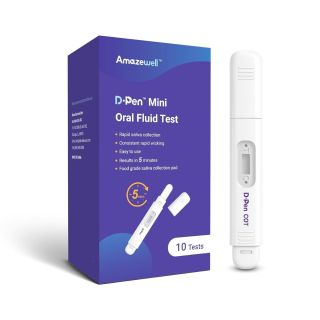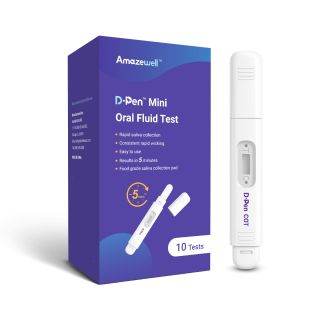What is Nicotine?
Nicotine is a naturally occurring alkaloid found in tobacco and is the primary addictive component in cigarettes, e-cigarettes, and smokeless tobacco (such as chewing tobacco). It stimulates the brain to release dopamine, creating a temporary sense of pleasure, which leads to dependence and addiction.
The Harmful Effects of Nicotine
Although nicotine itself is not carcinogenic, it poses serious health risks, including:
-
Addiction: Nicotine alters brain chemistry, leading to dependence and making quitting difficult.
-
Cardiovascular Disease: Nicotine raises blood pressure and heart rate, increasing the risk of heart attack and stroke.
-
Impact on Adolescent Brain Development: Nicotine use in teenagers can impair memory and learning abilities.
-
Respiratory Issues: Smoking or inhaling e-cigarette vapor may cause chronic bronchitis and reduced lung function.
-
Pregnancy Risks: Nicotine exposure during pregnancy can lead to premature birth, low birth weight, and even fetal developmental abnormalities.
How to Test for Nicotine at Home?
If you or a family member is trying to quit smoking or you want to check for nicotine exposure (such as monitoring whether a teenager is smoking), you can use a home nicotine testing kit (saliva test method). This method is fast, non-invasive, and highly accurate.
How to Use a Saliva Nicotine Test Strip
-
Prepare the Sample:
-
Avoid eating or drinking 30 minutes before the test to prevent interference.
-
Gently swab the gums and under the tongue using the provided cotton swab or test strip to collect saliva.
-
-
Perform the Test:
-
Place the saliva sample on the designated area of the test card.
-
Wait for 5-10 minutes (timing may vary by brand).
-
-
Read the Results:
-
Negative (one line): No nicotine or its metabolites (such as cotinine) detected.
-
Positive (two lines): Nicotine detected, indicating recent tobacco or e-cigarette use.
-
Test Accuracy and Considerations
-
Saliva tests typically detect nicotine exposure within the past 24-48 hours.
-
Certain medications or foods (such as eggplants and tomatoes) may contain trace amounts of nicotine-like compounds but usually do not affect results.
-
For long-term monitoring (e.g., nicotine exposure over the past week), a urine test strip may be more suitable.
Why Test for Nicotine?
-
Support Quitting Smoking: Regular testing can track progress and improve success rates.
-
Parental Monitoring: Prevent teens from secretly smoking or vaping.
-
Health Management: Understand personal or family nicotine intake to reduce health risks.
Conclusion
Nicotine addiction is a serious health concern, but with home testing kits (such as saliva tests), we can easily monitor nicotine exposure to support quitting or prevent tobacco use among teens. If you or someone you know is trying to break free from nicotine dependence, consider this quick and simple testing method for a healthier life!
Have you ever used a nicotine test strip? Share your experience in the comments!












